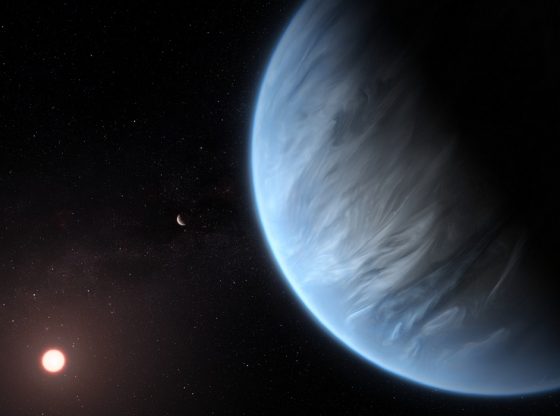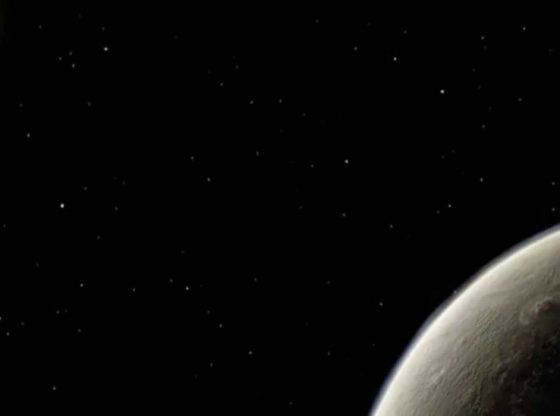
Astronomers have discovered an Earth-like planet that spins around our nearest neighbor star Proxima Centauri. This is the closest planet similar to Earth discovered so far.
There have been rumors during the past year that astronomers have found something exciting around the solar system’s nearest star – Proxima Centauri – and today the journal Nature reveals that this is indeed the nearest Earth-like planet discovered so far.
The exoplanet that will be named Proxima b and it is situated at quite the right distance from its sun for liquid water and possibly life as we know it to exist.
The team found the new planet by studying how its gravity field affected our nearest star neighbor. After over ten years of observations, it was evident that the star moves back and forth as the planet orbits around it – so the researchers concluded that it is probably a rocky planet with a mass slightly larger than Earth. About 30 percent heavier.
“We’ve been excited for a long time,” says Guillem Anglada-Escudé of the Queen Mary University of London, who led the discovery as part of a project called Pale Red Dot. “We’ve been hunting for this signal and confirmation of the planet for almost four years.”
Proxima Centauri is a red dwarf star, and is much smaller and cooler than our sun – but because the planet is relatively near the star, the temperature conditions are still comparable to those here on Earth.
According to the researchers, it should be possible to make direct observations of the planet within the next ten years.

With current technology, we would need to travel for 75,000 years before arriving at the planet. But it is not impossible that we will be able to send robots to explore Proxima b within the next few centuries.
It appears as if Proxima b always faces its star with the same side (tidally locked), which means that it is constantly day on one side and night on the other. But it also means that the planet probably does not have a magnetic field like Earth, and thus not an atmosphere – which tends to be a prerequisite for life.
But whether life could exist on such a planet also depends on the nature of its atmosphere, which we know nothing about. “The planet’s atmosphere, if it indeed exists, might be something completely different from what we are used to seeing in the solar system,” says Mikko Tuomi of the University of Hertfordshire in Hatfield, UK, who was the first to spot signs of the planet when studying archival data.
The fact that we have found an Earth-like planet candidate around our nearest star, indicates that such planets are very common out there in the universe. And since it’s this close-by, it becomes much easier to confirm the discovery and study the planet to see if, for example, it has an atmosphere.
The team also saw signs of a second potential planet around Proxima Centauri, a super-Earth with an orbit of between 60 and 500 days. If such an outer planet exists, it might be possible to observe it, says Tuomi.
The discovery of Proxima b will be a boost for Breakthrough Starshot, see Hawking Backs Interstellar Travel Project an ambitious project announced earlier this year to send a small spacecraft capable of reaching the Alpha Centauri star system in just 20 years.
_______________
Planet Found in Habitable Zone Around Nearest Star
______________________________











![OpenAI. (2025). ChatGPT [Large language model]. https://chatgpt.com](https://www.illustratedcuriosity.com/files/media/55136/b1b0b614-5b72-486c-901d-ff244549d67a-350x260.webp)
![OpenAI. (2025). ChatGPT [Large language model]. https://chatgpt.com](https://www.illustratedcuriosity.com/files/media/55124/79bc18fa-f616-4951-856f-cc724ad5d497-350x260.webp)
![OpenAI. (2025). ChatGPT [Large language model]. https://chatgpt.com](https://www.illustratedcuriosity.com/files/media/55099/2638a982-b4de-4913-8a1c-1479df352bf3-350x260.webp)








